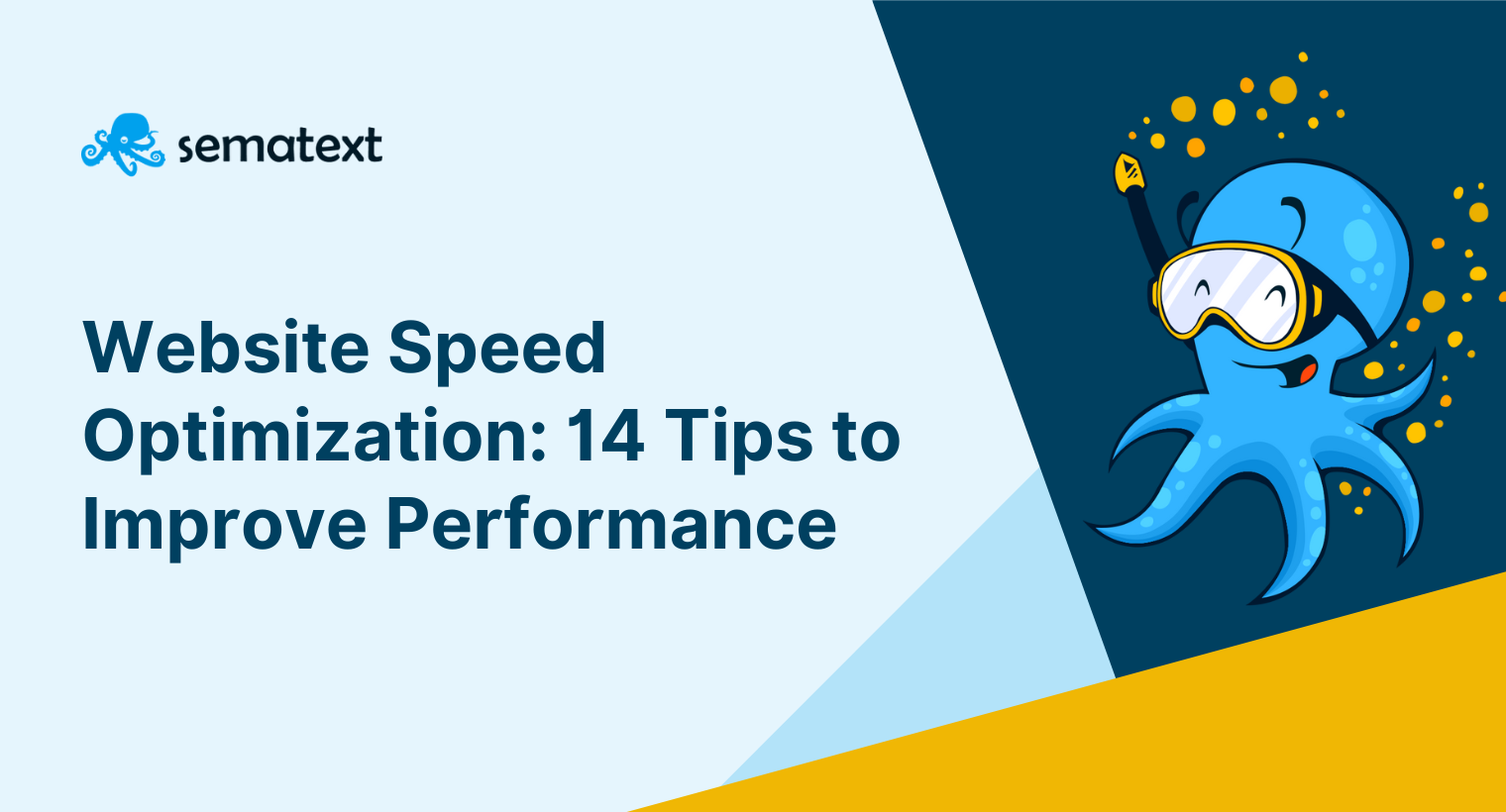News Blast
Your daily source for the latest news and insights.
Speed Demons: How to Rev Up Your Website Performance
Unleash lightning-fast speeds on your website! Discover expert tips to supercharge performance and boost user engagement now!
10 Essential Tips to Boost Your Website Speed
In today's digital landscape, website speed is a critical factor for both user experience and search engine optimization. A slow-loading site can drive visitors away and negatively impact your rankings on search engines. Here are 10 essential tips to boost your website speed:
- Optimize Images: Ensure that all images are compressed and in the appropriate format (JPEG for photos, PNG for graphics) to reduce file size without sacrificing quality.
- Minimize HTTP Requests: Limit the number of elements on your pages; combine CSS and JavaScript files to decrease the number of requests made to your server.
- Leverage Browser Caching: Allow users' browsers to store certain elements of your site for a set period, which decreases load time on repeat visits.
- Use a Content Delivery Network (CDN): Distribute content across multiple servers worldwide to improve load time for users regardless of their location.
- Optimize CSS and JavaScript: Minify and compress these files to reduce their size and load them asynchronously for better performance.
- Reduce Server Response Time: Choose a reliable hosting provider and optimize your server settings to ensure fast response times.
- Implement Lazy Loading: Load images and videos only when they come into the viewport, which helps to speed up the initial page load.
- Remove Unnecessary Plugins: Deactivate and delete any plugins that are not essential, as they can slow down your website.
- Regularly Update Software: Keep your website’s CMS, plugins, and themes updated to improve speed and security.
- Choose Lightweight Themes: Opt for a minimalistic and lightweight theme that prioritizes speed and performance.

How Website Speed Affects User Experience and SEO
Website speed is a crucial factor that significantly impacts user experience. When a website takes too long to load, users are likely to abandon it in favor of a faster alternative. In fact, studies have shown that even a one-second delay in loading time can lead to a 20% decrease in visitor satisfaction and 11% fewer page views. Moreover, a slow website can frustrate users, making them less likely to return. Therefore, optimizing your site's speed not only enhances user engagement but can also lead to increased conversions and customer loyalty.
Beyond user experience, website speed is also a critical component of SEO. Search engines like Google consider page load times as one of the ranking factors when determining a site's position in search results. Faster websites are favored by search algorithms, leading to higher visibility and more organic traffic. Additionally, pages that load quickly contribute to a lower bounce rate, as users are less likely to leave if the site responds promptly. In today's digital landscape, ensuring your website is optimized for speed is essential for achieving both user satisfaction and improved search engine rankings.
Is Your Website Slow? Common Pitfalls and How to Fix Them
A slow website can significantly impact your user experience and search engine rankings. Common pitfalls that contribute to slow loading times include large image files, excessive use of plugins, and poorly optimized code. For instance, images that are not compressed can consume a large amount of bandwidth, leading to longer load times. To address this issue, consider using image optimization tools to resize and compress your images without sacrificing quality. Additionally, minimizing the number of plugins you use can reduce the complexity of your site, making it faster and more efficient.
Another crucial aspect to inspect is your website's hosting environment. A shared hosting plan might be budget-friendly, but it often results in slower speeds, especially during peak traffic times. Upgrading to a dedicated hosting plan or utilizing a content delivery network (CDN) can dramatically improve your website's performance. Lastly, regularly testing your website's speed with tools like Google PageSpeed Insights can help you identify specific areas that need improvement, enabling you to maintain optimal loading times and enhance user engagement.